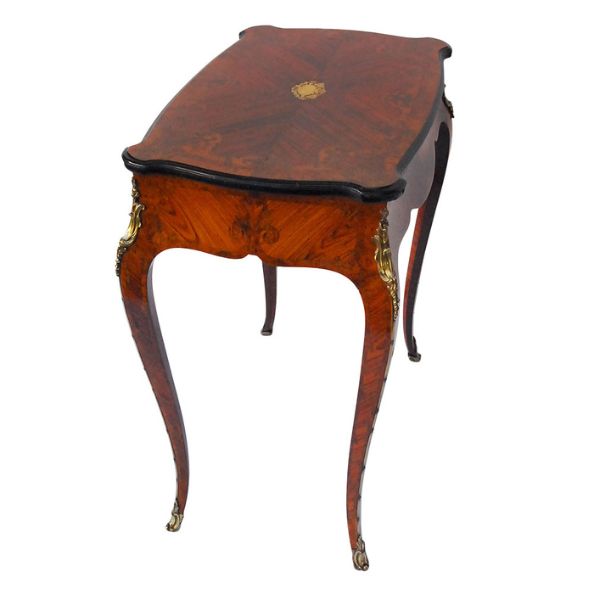A Quick Guide to 19th-Century Art Themes


The 19th century was a time of great artistic creativity and innovation, with several significant movements arising in response to the Industrial Revolution, political events, and changing cultural norms. By understanding the major art themes of the 19th century, you’ll be able to not only distinguish between distinct styles but also make smarter investments. Here’s a quick guide to the main 19th-century art themes.
The Neoclassical Period
Neoclassicism was a dominant style throughout the 1800s. Historical events such as the French Revolution and the Enlightenment significantly influenced this style. For painters, this period was about reviving the purity and simplicity found in ancient Greek and Roman art. Notable artists included Jacques-Louis David and Jean-Auguste-Dominique Ingres.
Romantic Reaction
Active during the early to mid-19th century, romanticism was an emotional, imaginative response to the rigid rules of neoclassicism. Characterized by the exploration of nature, emotion, and individual experiences, this period was dominated by artists such as Théodore Géricault, Eugène Delacroix, J.M.W. Turner, and John Constable. Romanticism influenced not only painting but also architecture and music.
The Pre-Raphaelites
A group of artists calling themselves the Pre-Raphaelite Brotherhood emerged in England in the mid-19th century. They rejected the Royal Academy’s elevation of the Renaissance painter Raphael in favor of more nature-based, religious, and mythological themes. Key artists included John Everett Millais, Dante Gabriel Rossetti, and William Holman Hunt.
Realism Depicting Everyday Life
Realist artists focused on painting what they actually saw and portraying everyday life truthfully. They wished to capture the harsh realities of society, with key figures including Gustave Courbet and Jean-François Millet. Millet’s painting The Gleaners is often held up as the standard of the realist movement.
Impressionism and Postimpressionism
Impressionism was a revolutionary artistic movement that emerged in France in the late 19th century. It was characterized by freer brushwork and an emphasis on capturing the fleeting effects of light. Famous impressionist artists include Claude Monet, Pierre-Auguste Renoir, and Édouard Manet.
Postimpressionism was an extension of impressionism. It hoped to forge a new discipline that rejected the misty, unstructured look of impressionist paintings while promoting strong individual artistic identities that didn’t depend on orthodox rules. Some well-known postimpressionist artists, such as Vincent van Gogh and Henri Rousseau, had little or no formal art academy training. Other famous artists of the period included Paul Gauguin and Georges Seurat, who explored and experimented with color, form, and emotion in their works.
As with antiques of any period, there are some basic considerations to take into account when you’re contemplating a purchase of antique fine art. These include authenticity, condition, rarity, and potential appreciation in value. By understanding the major 19th-century art themes and considering these factors when you’re investing in antique fine art, you can make informed decisions and build an impressive collection.



